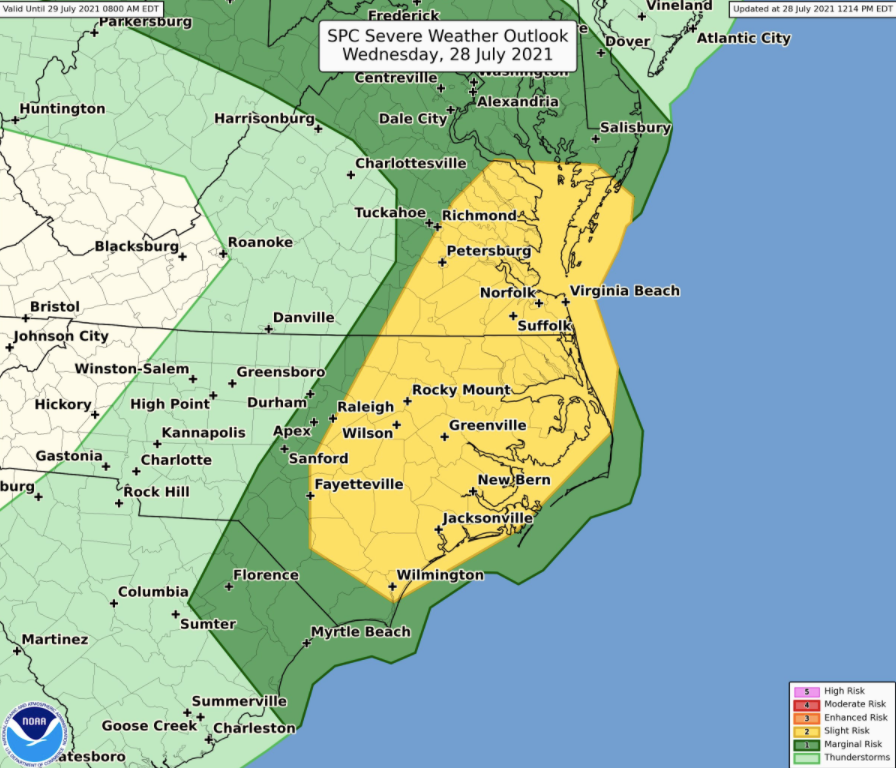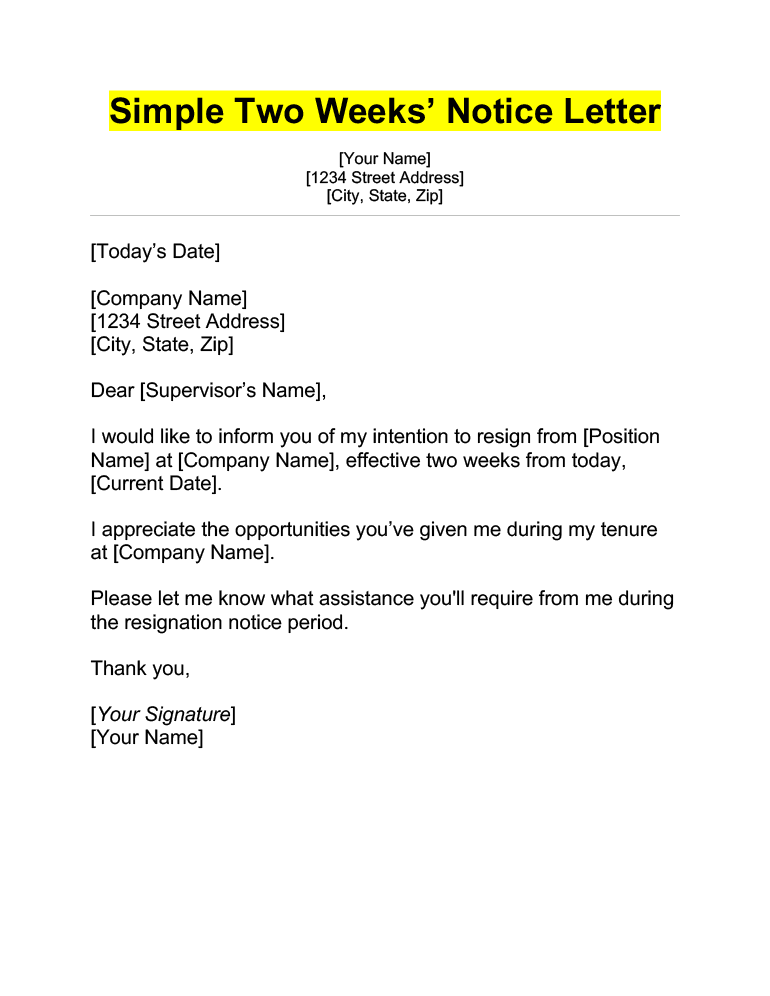Staying Safe During Carolinas Storms: A Guide To Interpreting Weather Alerts

Table of Contents
Understanding Different Types of Weather Alerts
Knowing the difference between various weather alerts is paramount to effective storm preparedness. Each alert signifies a different level of urgency and requires a specific course of action.
Severe Thunderstorm Warnings
A Severe Thunderstorm Warning means severe weather is happening NOW in your area. This is not a time for casual observation; immediate action is required.
- Key indicators: Hail larger than 1 inch in diameter, and/or wind gusts of 58 mph or greater.
- Action to take: Seek shelter immediately in a sturdy building. Avoid windows and stay away from outside walls.
- Example: "A Severe Thunderstorm Warning means severe weather is happening NOW. Take action immediately!"
Tornado Warnings
A Tornado Warning is the most urgent alert. It signifies that a tornado has been sighted or indicated by weather radar, and imminent danger exists.
- Identifying characteristics: Funnel cloud, rotating cloud, debris swirling in the air, loud roaring sound.
- Action to take: Go to a designated safe room, basement, or interior room on the lowest level of a sturdy building. Get under something sturdy to protect yourself.
- Example: "A Tornado Warning means a tornado has been sighted – take immediate shelter!"
Flash Flood Warnings
Flash floods are incredibly dangerous and can occur with little to no warning, particularly in low-lying areas and near rivers and streams.
- Signs of impending flash floods: Heavy rainfall, rapidly rising water levels, overflowing rivers or streams.
- Action to take: Evacuate if instructed to do so by authorities. Never drive through floodwaters—turn around, don't drown. Even a few inches of water can sweep a vehicle away.
- Example: "A Flash Flood Warning means flooding is imminent or occurring. Never drive through floodwaters!"
Hurricane Watches and Warnings
Hurricanes pose significant threats, requiring thorough preparation and potentially evacuation. Understanding the difference between a watch and a warning is critical.
- Hurricane Watch: Hurricane conditions are POSSIBLE within the specified area within 48 hours. Begin preparing your hurricane kit and making plans.
- Hurricane Warning: Hurricane conditions are EXPECTED within the specified area within 36 hours. Complete all preparations, and evacuate if instructed.
- Hurricane preparedness checklist: Food (at least a 3-day supply), water (1 gallon per person per day), flashlights, batteries, first-aid kit, medications, important documents.
- Example: "A Hurricane Watch means hurricane conditions are possible, while a Hurricane Warning means they are imminent."
Winter Storm Warnings and Advisories
Winter storms can bring hazardous conditions, including heavy snow, freezing rain, and dangerously low temperatures.
- Winter Storm Warning: Severe winter weather is expected. Significant disruptions are likely.
- Winter Storm Advisory: Winter weather is expected, but the impacts may be less severe. Use caution while traveling.
- Winter storm preparedness tips: Extra blankets, warm clothing, a full tank of gas, a charged cell phone.
- Example: "A Winter Storm Warning indicates severe winter weather is expected."
Utilizing Weather Resources Effectively
Staying informed during severe weather relies on accessing reliable information promptly.
Reliable Sources for Weather Information
- National Weather Service (NWS): The most accurate and up-to-date source for weather information. Check their website (weather.gov) regularly.
- Local News Channels: Provide hyperlocal weather information and real-time updates during severe weather events.
- Weather Apps: Many reliable weather apps offer alerts, radar, and forecasts. Choose reputable apps with high user ratings.
- Example: "The National Weather Service provides the most accurate and up-to-date weather information."
Understanding Weather Maps and Symbols
Familiarize yourself with common weather map symbols and color-coded areas. This will enhance your understanding of approaching storms and their intensity.
- Common symbols: Rain, snow, thunderstorms, hurricanes. Color-coded areas indicate severity levels.
- Example: "Understanding weather map symbols can help you anticipate approaching storms."
Utilizing Wireless Emergency Alerts (WEA)
Enable Wireless Emergency Alerts (WEA) on your mobile device to receive immediate notifications about severe weather in your area.
- Benefits: Immediate alerts directly to your phone, even if you're not actively monitoring the news.
- Example: "WEA alerts provide immediate notification of severe weather in your area."
Creating a Family Emergency Plan
A well-defined family emergency plan is crucial for safety and minimizing stress during a storm.
Establishing a Communication Plan
Designate meeting points and emergency contact information for each family member.
- Designated meeting points: Multiple locations in case one becomes inaccessible.
- Contact numbers: Ensure everyone has updated contact information for each other and emergency services.
- Example: "Having a designated meeting place ensures everyone knows where to go in case of separation."
Preparing an Emergency Kit
Gather essential supplies and store them in an easily accessible location.
- Emergency kit checklist: Water (1 gallon per person per day), non-perishable food, first-aid kit, medications, flashlight, batteries, whistle, radio, extra clothing, blankets, important documents.
- Example: "A well-stocked emergency kit can help you survive for several days."
Staying Safe During Carolinas Storms: Key Takeaways and Call to Action
Understanding and interpreting weather alerts is crucial for staying safe during Carolinas storms. By utilizing reliable weather resources, creating a family emergency plan, and knowing what actions to take for each type of alert, you significantly reduce your risk. Remember that preparedness is key to minimizing the impact of severe weather. To learn more about staying safe during Carolinas storms, visit the National Weather Service website (weather.gov) and your local emergency management agency's website. Take the time today to create your family's emergency plan, using the information provided in this guide. Your safety and the safety of your loved ones depend on it. Don't wait until the next storm – prepare for Carolina storm safety now.

Featured Posts
-
 Analiza Singla Flowers Miley Cyrus Czy To Zapowiedz Wielkiego Powrotu
May 31, 2025
Analiza Singla Flowers Miley Cyrus Czy To Zapowiedz Wielkiego Powrotu
May 31, 2025 -
 German Citys Offer Two Weeks Of Free Accommodation For New Residents
May 31, 2025
German Citys Offer Two Weeks Of Free Accommodation For New Residents
May 31, 2025 -
 Targeting Chinese Students A Financial Risk For Us Universities
May 31, 2025
Targeting Chinese Students A Financial Risk For Us Universities
May 31, 2025 -
 Guelsen Bubikoglu Nun Tuerker Inanoglu Paylasimi Anlami Ve Detaylari
May 31, 2025
Guelsen Bubikoglu Nun Tuerker Inanoglu Paylasimi Anlami Ve Detaylari
May 31, 2025 -
 2025 Cycling News Issue 18 Of Cycle News Magazine Now Available
May 31, 2025
2025 Cycling News Issue 18 Of Cycle News Magazine Now Available
May 31, 2025
